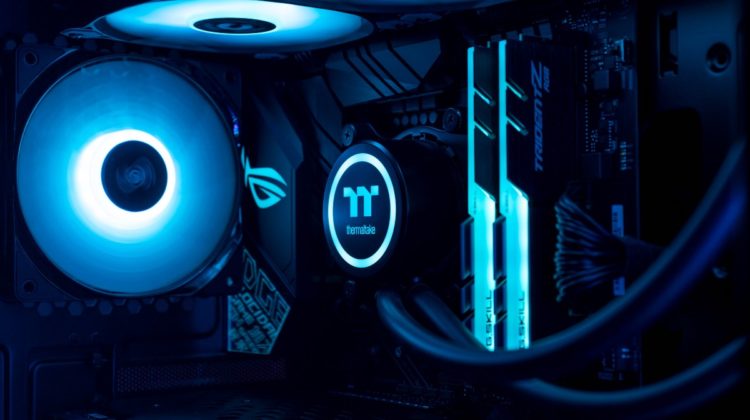
Anaconda allows us to create different instances of Python called environments. After installing Anaconda, we have a single core environment called base.
We see this environment name whenever we open Anaconda prompt.
Nothing is stopping us from installing new Python packages (such as Pandas/TensorFlow) within the base environment. However, it is recommended to instead use different virtual environments either for different projects or use-cases.
conda create
Our use case is machine learning, and so we will create a new environment for this using the command conda create -n <env-name> python=<python-version> anaconda, like so:
A list of packages will be displayed, and conda will ask if we want to proceed — we type y + [ENTER] to continue.
conda activate
After everything has been installed, we will be able to switch to our new environment by typing conda activate <env-name>:
We should see that (base) has been replaced with (mlenv) — this means we are now working from inside our new virtual environment. So we can get started with installing all of the packages we need for ML.
conda/pip install
For most packages, it makes sense to attempt a conda install <package-name> — if this doesn’t work, try pip install <package-name>.
A few essentials that we almost always need are Numpy, Pandas, and Matplotlib. We can install them all using conda install:
Depending on what you are working on/with, you will probably need some of the most popular packages for ML too. We will install TensorFlow, Transformers, and PyTorch.
We can install TensorFlow easily with conda install tensorflow:
Conda does not recognize the most recent versions of the Transformers library, so we instead install that with pip install transformers:
And finally, we have PyTorch. PyTorch is a slightly more complex installation — but made easy by accessing the PyTorch installation guide here.
We will need to specify our OS, package manager (Conda), language (Python), and whether we have CUDA or not.
